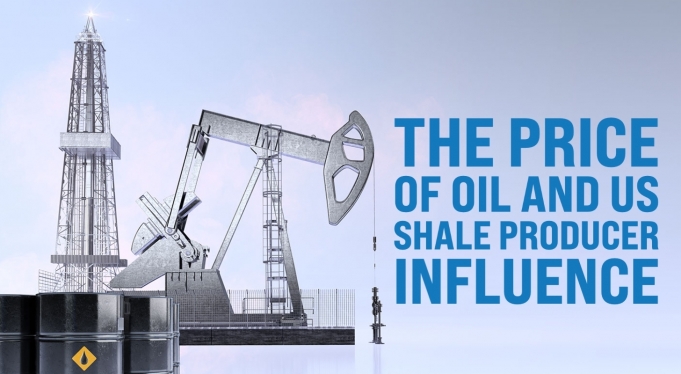Oil Prices and Current Dynamics
There have been lots of discussions recently regarding the rise in the price of oil as it marches closer to $80 and whether this rise in price is sustainable. As most of us know, the price of oil briefly dipped into the negative territory in April of 2020, just at the onset of the pandemic. The reason for this severe drop in the price of oil can be attributed to producers that did not want to halt or reduce oil production and OPEC+ which could not agree on a policy. Fast forward to just over one year later, and the price of oil is near its high from the summer of 2018, around $75. As the effects of the pandemic on the global economy were continuously being assessed, the demand for oil slowly picked back up and consumer optimism slowly returned. This caused the initial rebound in the price of oil, although, the true underlying dynamics causing the sustained rise in its price can be attributed to US shale producers.
Oil Market Economics
Oil prices, like most other commodities, are elastic in nature, and as the price of the commodity increases, so too does the production for that commodity to further increase a producers’ profitability. This logic follows the basic economic principle of supply and demand, as price increases for a commodity, producers will increase production to capitalize on the increasing prices to boost their top line, although this increase in production will in turn decrease the price as supply increases.
US Shale Producer Influence
The rise of the US Shale boom around 2012 caused a shift in the supply dynamics for oil in that every time there was a reduction in the world’s oil supply, US shale producers were quickly able to produce oil and fill in the supply gap. This increased responsiveness by US shale producers decreased the value of oil and further propagated the supply glut. Although recently, there has been a change in the tune of oil producers as they begin to have a greater focus on profitability and increased margins, as opposed to increased top-line volumes. The thinking by US shale producers is if production is held back as the price of oil increases, this will increase profit margins but will come at a cost of slower sales growth.
The chart below outlines the rig count for all countries (excluding the US) and the US rig count, against the price of oil. It can be seen that all countries excluding the US have less volatility in the change of their rig counts, whereas the US shows drastic swings in its oil rig counts. This volatility in the oil rig count is directly attributable to the US shale producers and can be seen to increase drastically as the price of oil increases, to capitalize on the rising demand and price of oil. Most recently, however, as the price of oil has increased to $75, the US oil rig count has only marginally increased, and the total number of rigs pales in comparison to those in 2018 when the price of oil was also at $75. This demonstrates that US shale producers are being disciplined in their approach to moderately increase the supply of oil to support a higher oil price and boost bottom-line profits.
Concluding Thoughts
As demand for oil begins to increase as global restrictions ease and the need for commuting and other forms of travel begin to pick back up, we see some renewed optimism in the price of oil. The US is the world’s largest producer of oil, and with the ability of US shale producers to rapidly produce more oil as prices increase, we believe that they hold the keys to any potential sustained price stability. If US shale producers can maintain their gradual increase in rig counts, then we can envision a fairly stable and even increasing price environment for oil. On the other hand, if US shale producers begin to feel the pressure to boost their top-line volumes, then rig counts may jump substantially and the elasticity of the price of oil will be its downfall.
Research for today, invest for tomorrow.







Comments
Login to post a comment.